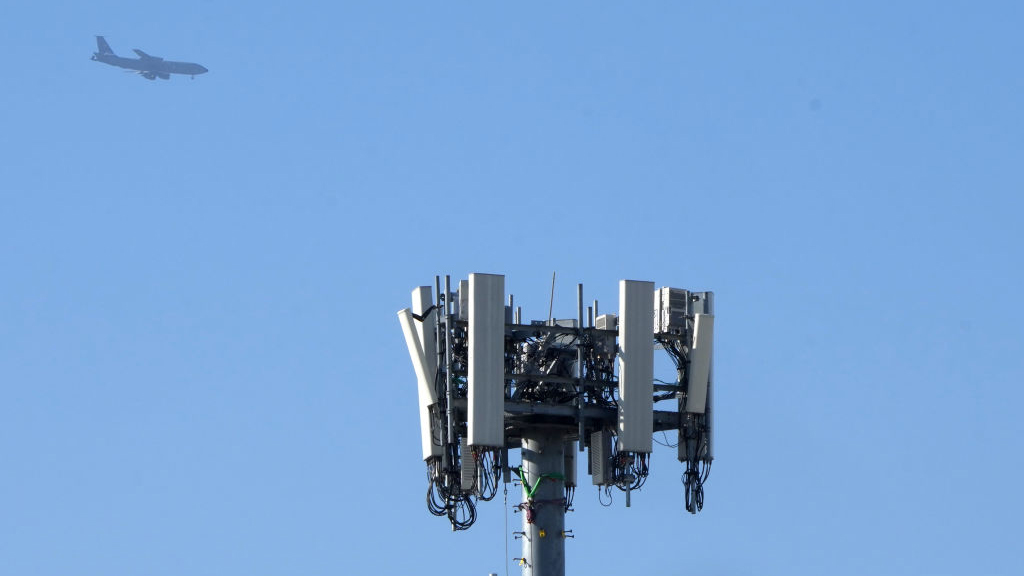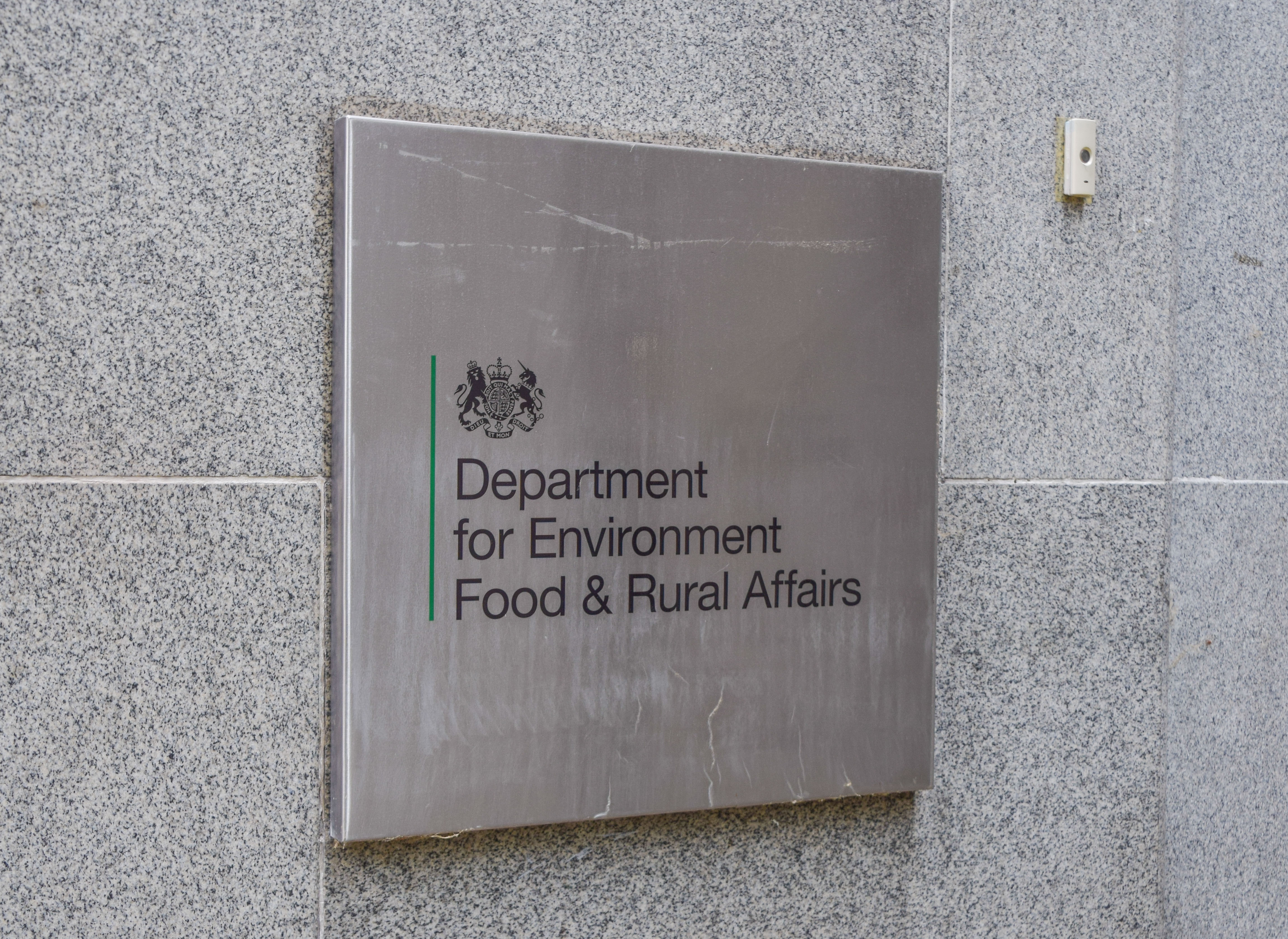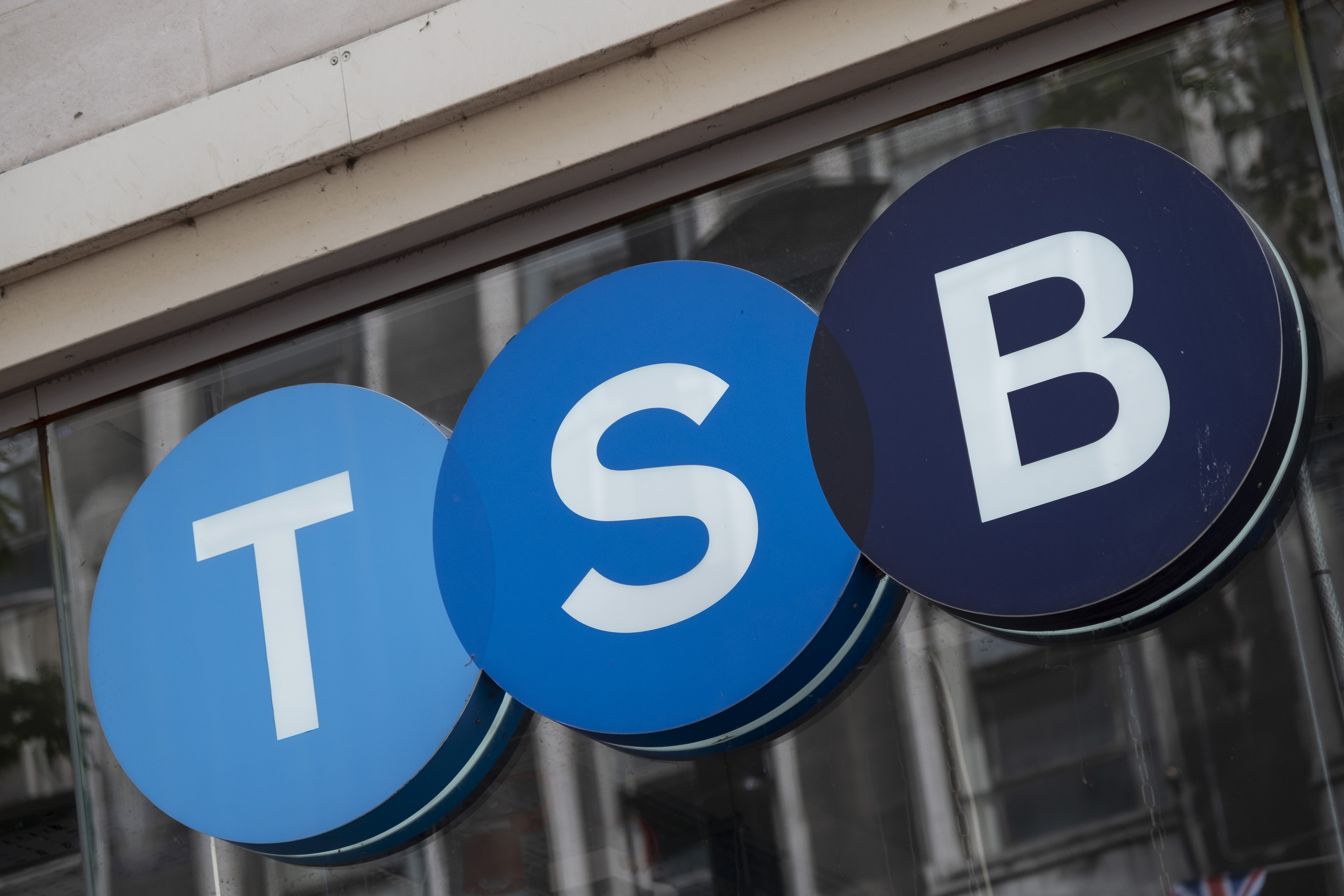FAA declares 78% of commercial US plans 5G-safe
Over one in five planes still not cleared to fly in low-visibility conditions near 5G cell towers


The Federal Aviation Administration has cleared 78% of US commercial aircraft as safe for low-visibility flight near 5G cell towers.
The FAA included a list of aircraft operating with altimeters that it had cleared for low-visibility approaches around 5G deployments, in an update to its 5G safety note published this week.
The note followed concerns that 5G carriers' equipment operating in the C band would interfere with the altimeters, which are used during landings when weather obstructs the view. Close proximity between C-band 5G and the frequency used by altimeters, combined with higher power output from 5G equipment, created the interference risk, the FAA said.
The models cleared include all Boeing 717, 737, 747, 757, 767, 777, and 787 craft, along with MD-10 and 11 planes . All Airbus A300, A310, A319, A320, A321, A330, A340, A350, and A380 craft get the green light, as do some Embraer 170 and 190 regional jets.
RELATED RESOURCE

Work from anywhere: Empowering the future of work
Employees want to work from anywhere, IT needs to be able to support this shift
"The agency has made progress during the last two weeks to safely reduce the risk of delays and cancellations as altimeter manufacturers evaluate data from the wireless companies to determine how robust each model is," its note said. "This work has shown some altimeters are reliable and accurate in certain 5G areas; others must be retrofitted or replaced."
Verizon and AT&T had scaled back their planned rollout of 5G equipment, agreeing to a 5G-free buffer zone around 50 US airports and delaying their deployments by two weeks. This followed FAA concerns over the effect of the technology.
Nevertheless, tensions over 5G's affect on low-visibility flights mounted earlier this week after some airlines began canceling flights following the rollout on Wednesday. Airlines had cancelled over 320 flights by Wednesday evening. However, the effect of the Omicron coronavirus strain, along with a traditionally slower season during January and February, had already impacted passenger numbers, making the situation less dire than it could have been, according to analysts.
Get the ITPro daily newsletter
Sign up today and you will receive a free copy of our Future Focus 2025 report - the leading guidance on AI, cybersecurity and other IT challenges as per 700+ senior executives
Danny Bradbury has been a print journalist specialising in technology since 1989 and a freelance writer since 1994. He has written for national publications on both sides of the Atlantic and has won awards for his investigative cybersecurity journalism work and his arts and culture writing.
Danny writes about many different technology issues for audiences ranging from consumers through to software developers and CIOs. He also ghostwrites articles for many C-suite business executives in the technology sector and has worked as a presenter for multiple webinars and podcasts.
-
 Cleo attack victim list grows as Hertz confirms customer data stolen
Cleo attack victim list grows as Hertz confirms customer data stolenNews Hertz has confirmed it suffered a data breach as a result of the Cleo zero-day vulnerability in late 2024, with the car rental giant warning that customer data was stolen.
By Ross Kelly
-
 Lateral moves in tech: Why leaders should support employee mobility
Lateral moves in tech: Why leaders should support employee mobilityIn-depth Encouraging staff to switch roles can have long-term benefits for skills in the tech sector
By Keri Allan
-
 Better together
Better togetherWhitepaper Achieve more with Windows 11 and Surface
By ITPro
-
 Transforming the enterprise
Transforming the enterpriseWhitepaper With Intel and CDW
By ITPro
-
 The top trends in money remittance
The top trends in money remittanceWhitepaper Tackling the key issues shaping the money remittance industry
By ITPro
-
 How Kantar revamped its IT infrastructure after being sold off
How Kantar revamped its IT infrastructure after being sold offCase Study Being acquired by a private equity firm meant Kantar couldn’t rely on its parent company’s infrastructure, and was forced to confront its technical shortcomings
By Rene Millman
-
 Deutsche Bank wraps up Postbank IT integration after bug-laden migrations
Deutsche Bank wraps up Postbank IT integration after bug-laden migrationsNews The IT merger is expected to generate annual savings of €300 million by 2025
By Daniel Todd
-
 Analyzing the economic benefits of Dell Technologies with VMware Tanzu & Intel
Analyzing the economic benefits of Dell Technologies with VMware Tanzu & IntelWhitepaper ESG economic validation
By ITPro
-
 Defra needs £726 million to modernize pervasive legacy IT issues
Defra needs £726 million to modernize pervasive legacy IT issuesNews A significant portion of IT systems are reportedly still in extended support or are fully unsupported
By Ross Kelly
-
 Former TSB CIO fined £81,000 for botched IT migration
Former TSB CIO fined £81,000 for botched IT migrationNews It’s the first penalty imposed on an individual involved in the infamous migration project
By Ross Kelly